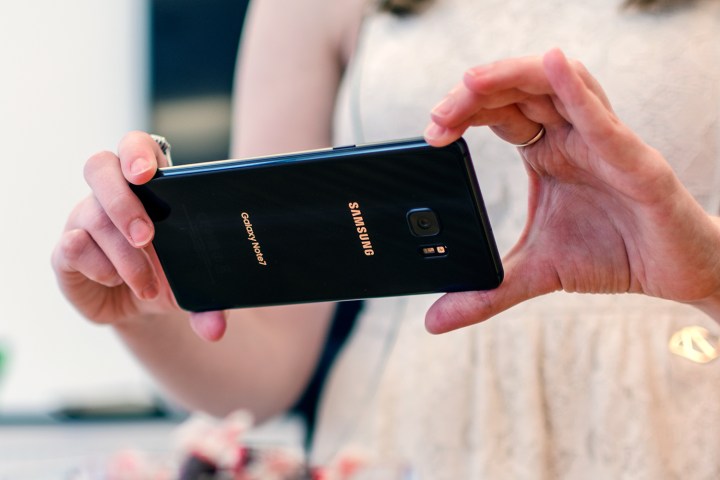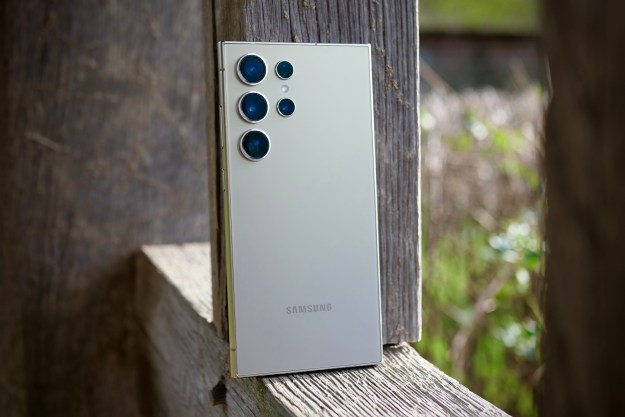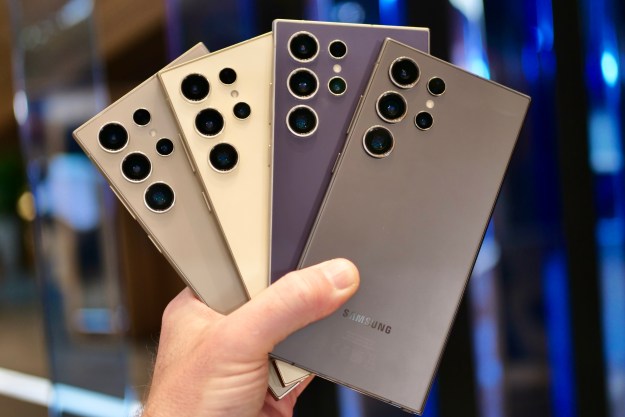
But the device that Samsung bet it all on, the Galaxy Note 7, had a manufacturing defect — in the company’s mad dash to quell excitement over Apple’s iPhone 7 and 7 Plus, it put too much pressure on its suppliers, according to Bloomberg. That resulted in the explosive Note 7 that has since been recalled, and is currently being replaced with a new batch of devices. Bloomberg cites multiple sources familiar with the matter.
It all began when Samsung executives learned that Apple would not be offering any new major features in the iPhone 7 lineup. The Korean giant capitalized on this weakness and planned to “dazzle consumers.” It moved the Note 7’s release date to an earlier date, forcing suppliers to meet new deadlines.
And suppliers not only had to keep up with deadlines, but Samsung employees, who would sleep in the office to compensate for time lost during commutes, constantly changed the specs of the device. Still, company and its suppliers managed to hit deadlines and the first devices were shipped to wireless operators around the world. An executive at one carrier reportedly said it received the device in May, and said the carrier had the typical amount of time to run tests. It didn’t find an issue with the battery.
But come August and September, Note 7 devices began exploding. Of course, it hit social media first. Samsung executives were shocked, but after shifting blame to Samsung SDI, the unit that provides the battery for the Note 7, Samsung’s phone unit took responsibility. The company deliberated on whether to do a full recall, or begin a battery replacement program. It studied previous recalls, such as one from Toyota.
“Please recall all Note 7s and exchange them with new ones,” one employee, according to Bloomberg, wrote on an online bulletin board. “I don’t have to get my PS, it’s humiliating.” (The PS refers to profit sharing, or bonus.)
That post kicked off many responses from Samsung employees agreeing with the sentiment and idea of a full recall. Samsung’s mobile chief, D.J. Koh, responded, apologizing to his staff. The next day he issued a full recall.
More than 2.5 million Galaxy Note 7 devices were sold, and only a fraction of that has been recalled so far. The race to dethrone Apple will end up costing the Korean giant more than $2 billion. The company said sold its stakes in Seagate, ASML Holding NV, Rambus Inc., and Sharp for about $891 million to recoup some of the cost.
Galaxy Note 7 sales will begin again on September 28 in South Korea, though there’s no clear date for the rest of the world. For more information about the recall, you can check out our in-depth guide here.
Editors' Recommendations
- Every Samsung gadget we still expect in 2024
- Samsung Galaxy Watch 7: news, rumored price, release date, and more
- Samsung may have a big surprise in store with its next folding phone
- iPhone Flip: what we know about Apple’s first foldable phone
- The OnePlus 12 has one big advantage over Samsung and Apple


